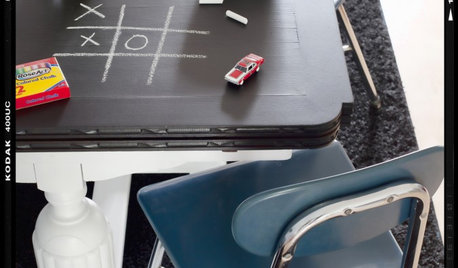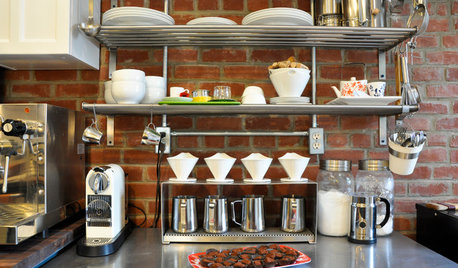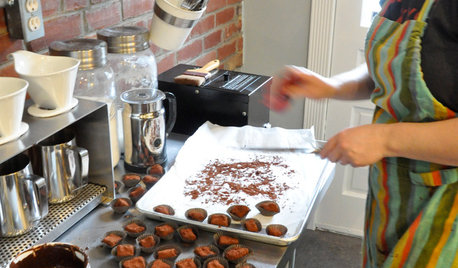sip/swcs: what medium to use and why?
viethto
13 years ago
Related Stories

DECORATING GUIDES12 Coffee Tables to Stir Up a Living Room Look
Keep drinks on the down low or sip in high style. You'll find a coffee table style for every design taste here
Full Story
DECORATING GUIDESDIY Project: How to Make a Chalkboard Tabletop
The perfect table for grownups and kids — no power tools required
Full Story
SHOP HOUZZHouzz Products: Set Up Your Dream Coffee Station
Wouldn’t it be nice to have your own café that never closes? With these tools and accessories from the Houzz Products section, you can
Full Story
GARDENING GUIDESHummingbird or Moth? See Why You Want Clearwings Around
These fascinating moths may be helpful pollinators for your garden. Here’s how to coax them your way
Full Story
ARTLet's Put a Price on Art: Your Guide to Art Costs and Buying
We paint you a picture of what affects an artwork's price — plus a little-known way to take home what you love when it's beyond your budget
Full Story
TREES11 Japanese Maples for Breathtaking Color and Form
With such a wide range to choose from, there’s a beautiful Japanese maple to suit almost any setting
Full Story
STANDARD MEASUREMENTSThe Right Dimensions for Your Porch
Depth, width, proportion and detailing all contribute to the comfort and functionality of this transitional space
Full Story
FLOWERS15 Native Flowers That Attract Butterflies
By picking plants from this list that are right for your location, you’ll get colorful blooms and support pretty pollinators
Full Story
DESIGNER SHOWCASES20 Fantasyland Dining Room Designs That Delight
A wonder to behold, these incredible professionally designed rooms take everyday dining over the top
Full Story
KITCHEN DESIGNLove to Cook? We Want to See Your Kitchen
Houzz Call: Show us a photo of your great home kitchen and tell us how you’ve made it work for you
Full StoryMore Discussions








tapla (mid-Michigan, USDA z5b-6a)
Related Professionals
Holly Springs Landscape Architects & Landscape Designers · Simpsonville Landscape Architects & Landscape Designers · Fort Hunt Landscape Contractors · Fountain Valley Landscape Contractors · Richmond Landscape Contractors · Vashon Landscape Contractors · Wailuku Landscape Contractors · York Landscape Contractors · Peabody Solar Energy Systems · Muttontown Window Contractors · Carson Fence Contractors · Eagle Mountain Fence Contractors · Rockville Fence Contractors · Wilmette Fence Contractors · Yorba Linda Fence Contractors